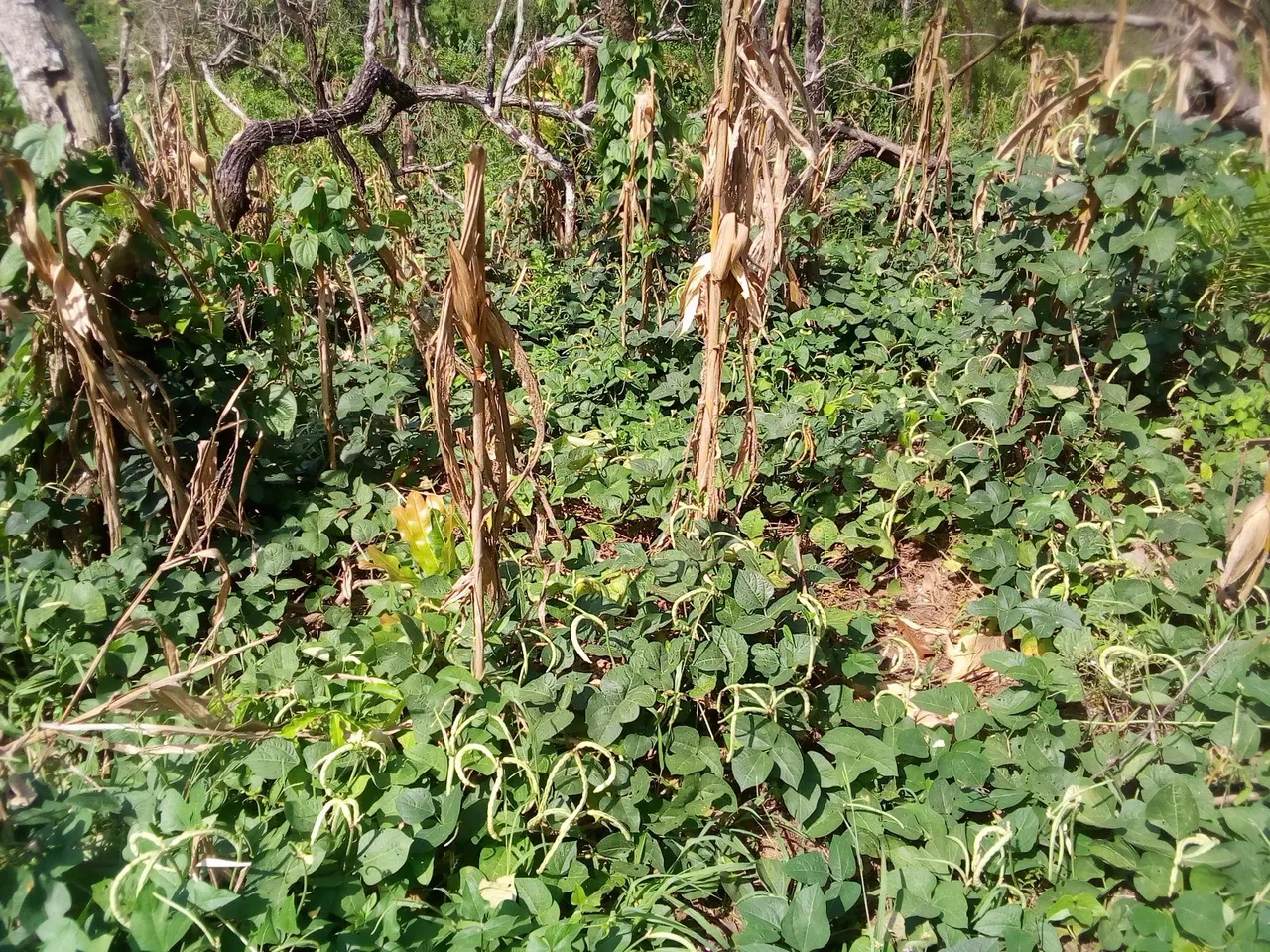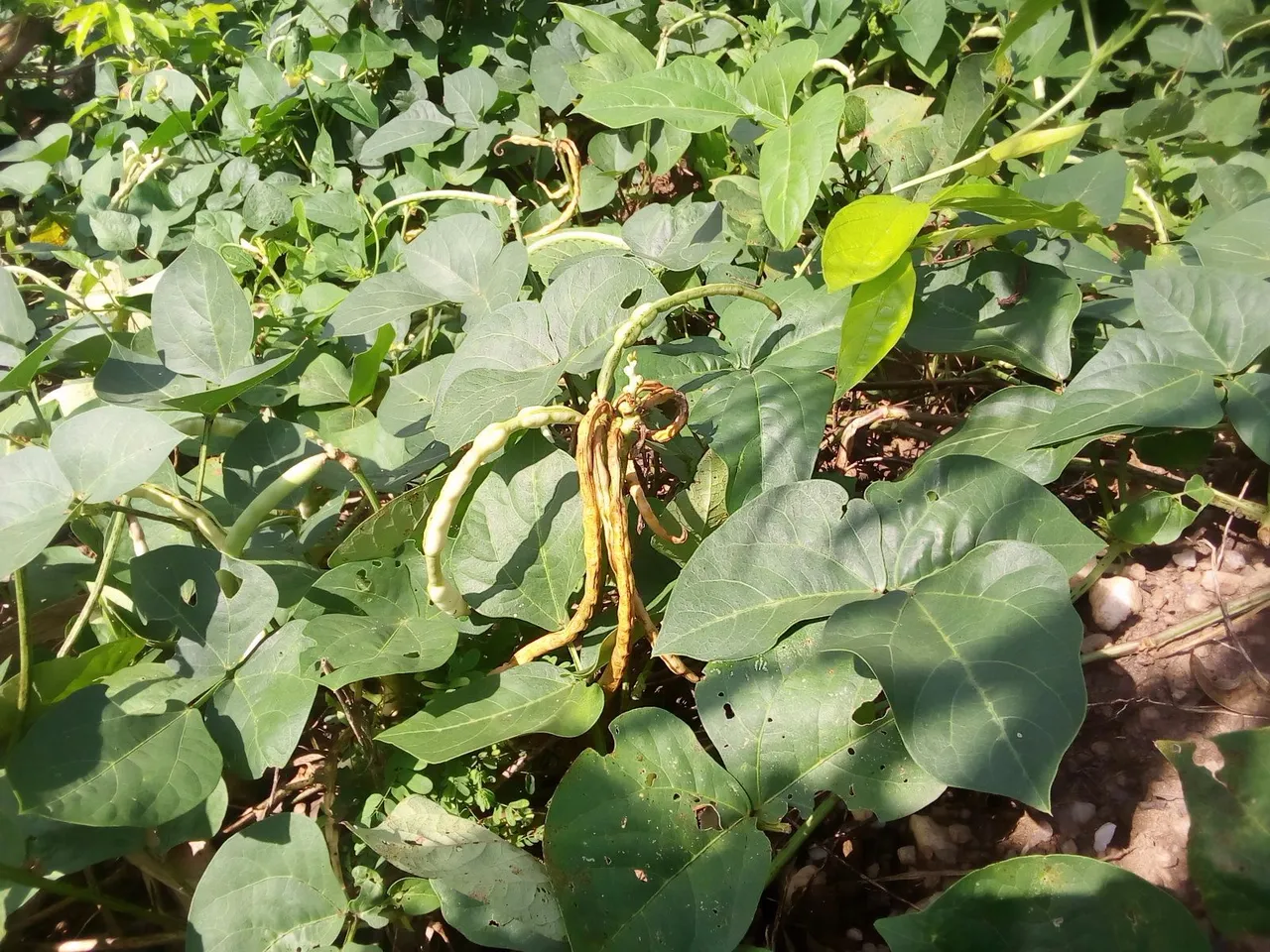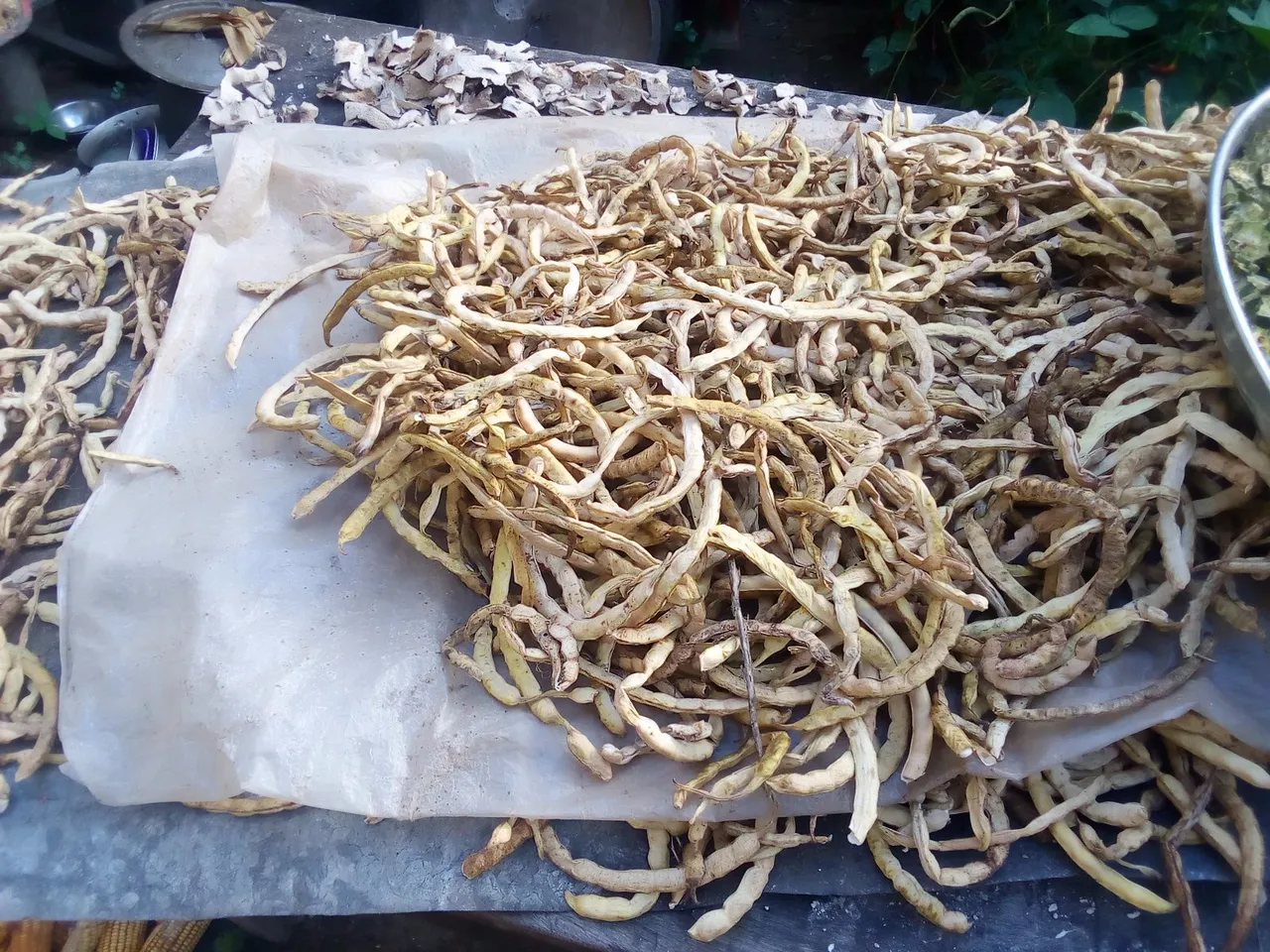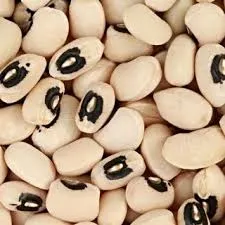Like little children, cowpea farmers in this part of the world (Nigeria) are pleading with the rain to quickly go away and come again another year. The pods are getting set for harvest but the rains are not done yet. If you are a cowpea farmer, you would understand what this means, but in case you don’t understand, I’m here to make you understand. Join me as we go through our cowpea farm, but before then, let me briefly tell you what cowpea means to us.
Cowpea (Vigna sinensis) is an important source of protein to many families especially in the developing parts of the world such as Africa. In Nigeria for instance, because of its relative affordability and availability, many poor families depends on cowpea to meet their daily protein requirements. And if they can’t buy, the simply plant what their family will eat. Here in Nigeria, cowpea maybe boiled or processed into delicious foods such as “moi-moi” (steamed beans cake) and “akara” (fried beans cake) etc. In case you need recipe, you will need to pay hugely…lol
Now come with me into our cowpea farm to see how things are going and how things are being done…

This cowpea plants were sown about four months ago, precisely in July. When sowing cowpea, care must be taken so that proper spacing is used. You can use less, but because our soils are quite fertile we use up-to 60-75cm inter and intra row spacing. By so doing, your farm will not be overcrowded. We also sometimes intercrop cowpea with maize, as you can see from the photo, but the maize must have been sown earlier than the cowpea so that there will be less competition towards the beginning of cowpea fruiting.
Few weeks after sowing, weeding must be done so your crops would not have to be competing with weeds. Weeds, if left untouched, are capable of ruining your efforts. You must eliminate them promptly and this must be done before the cowpea begins to spread. Weeding can be done manually, using hoes and cutlass or by chemicals e.g paraquat dichloride, but care must be taken so you won’t kill your plants also.

At the onset of flowering, when you can find one two flowers on the trailing vines, that is the time to begin spraying with an insecticide. This phase is very important especially in areas where cowpea have been planted repeatedly over several years, because there would have been a build up of insect pests in that area. This phase may last up-to 4-6 weeks, and if you take this lightly, your yields can come down to zero.

During and after spraying, comes the harvest season. Ripe pods must be hand picked as early as possible. Why? Because a little rain can ruin them for you. Ripe beans pods hates rains. When rain falls on them, they changed color rapidly and the quality falls. We farmers don’t like to see this happen, so we beg rain to go away, when it’s beans time.

After harvesting, pods must be thoroughly dried before storage, so it won’t rot. Well dried pods may be beaten manually or threshed with a machine. The next thing after this is not been taught in schools, so I won’t talk about how you will get it into your belly.
I will expecting to see posts of your own cowpea farm next season. I wish you the very best of farming experience. Thanks for reading and commenting. Remember, an upvote is an encouragement. God bless you real good.
